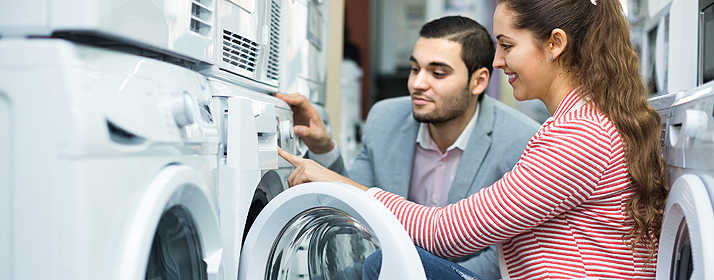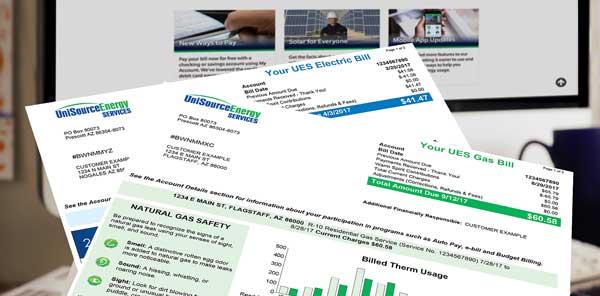
Fireplaces are great way to take the chill out of the desert air in the winter. Before lighting that first fire of the season, you’ll want to make sure yours is both safe and energy-efficient.
Today’s modern electric and natural gas fireplaces are extremely efficient and cost just pennies an hour to operate. Even so, don’t try to heat your whole house with your fireplace. Rely on your home’s heating system for that, and use your fireplace to add warmth when you want it.
If you have a wood-burning fireplace, consider replacing it with an energy-efficient natural gas or electric insert fireplace. Converting your fireplace to an electric or natural gas insert preserves much of the ambience of a real fire while reducing your winter heating costs and keeping your home toasty warm.
There are advantages and drawbacks to both electric and gas fireplaces, as well as some energy efficiency and safety considerations, according to Gabriel Esquibel, Tucson Electric Power Technical Specialist.
Natural Gas Fireplaces
The open flame of a natural gas fireplace produces more heat (and more realistic flames and embers) than electric inserts. Because of this, they can be used as backup heating.
They’re also economical. For example, an average 34,000 BTU-rated gas fireplace in a home with a gas rate of 34 cents per therm costs about 11 cents an hour to operate.
There are a few potential drawbacks to gas fireplaces. They are more expensive to purchase and install, and while operating them is inexpensive, up to 30 percent of the heat generated can go up the chimney. They can also present some safety concerns.
“Because gas fireplaces produce a lot of heat, the glass doors on them can get very hot and cause burns if touched. Their open flames also create a potential fire hazard if flammable items are nearby,” Esquibel said. “Installing cool touch glass doors and keeping items at least 3 feet away from the flame can reduce these hazards.”
Gas fireplaces – like all fuel-burning appliances – also create carbon monoxide (CO). Keeping the damper open during fireplace use draws CO outdoors, away from your family.
As a safeguard, most newer gas fireplaces have Oxygen Depletion Sensors that automatically shut off the gas before CO levels become hazardous. Installing a CO detector and changing the batteries regularly and cracking a window during fireplace use can prevent any potential air quality issues.
Instead of a standing pilot light, some gas fireplaces have an Electric on Demand (EOD) ignitor. This device turns on the gas to ignite the flame when you turn on the fireplace. “With EOD, you can save about $10 a month in gas because the pilot light isn’t on all the time,” Esquibel said.
Electric Fireplace Inserts
Electric fireplaces are safe, clean and efficient. They pose no fire hazard because the flame is artificial, and no CO is produced since no fuel is being burned. CO is a colorless and odorless poisonous gas.
“Electric fireplaces are 100 percent efficient because there is no energy loss. No chimney or venting is needed because the warmed air is recirculated into the home and doesn’t escape like it does with gas or wood fireplaces,” said Esquibel.
Electric fireplaces cost only pennies more to operate than gas models, but generate less heat than gas units.
Annual Cleaning and Inspection
Regardless of the type of fireplace you have, it’s a good idea to have it checked out before using it for the first time of the season. The National Fire Protection Association and the Chimney Safety Institute of America recommend that all fireplaces be inspected, cleaned and repaired at least annually.
Professionals will inspect the hearth, mantle, chimney, flue and wiring or lines and look for any signs of trouble, such as water in the firebox, residue buildup, a worn seal on the damper or smoke stains on the hearth.
There’s nothing more enjoyable than curling up to a warm fireplace on a chilly evening. But make sure yours is working properly before using it so that it’s safe and efficient for your family.






